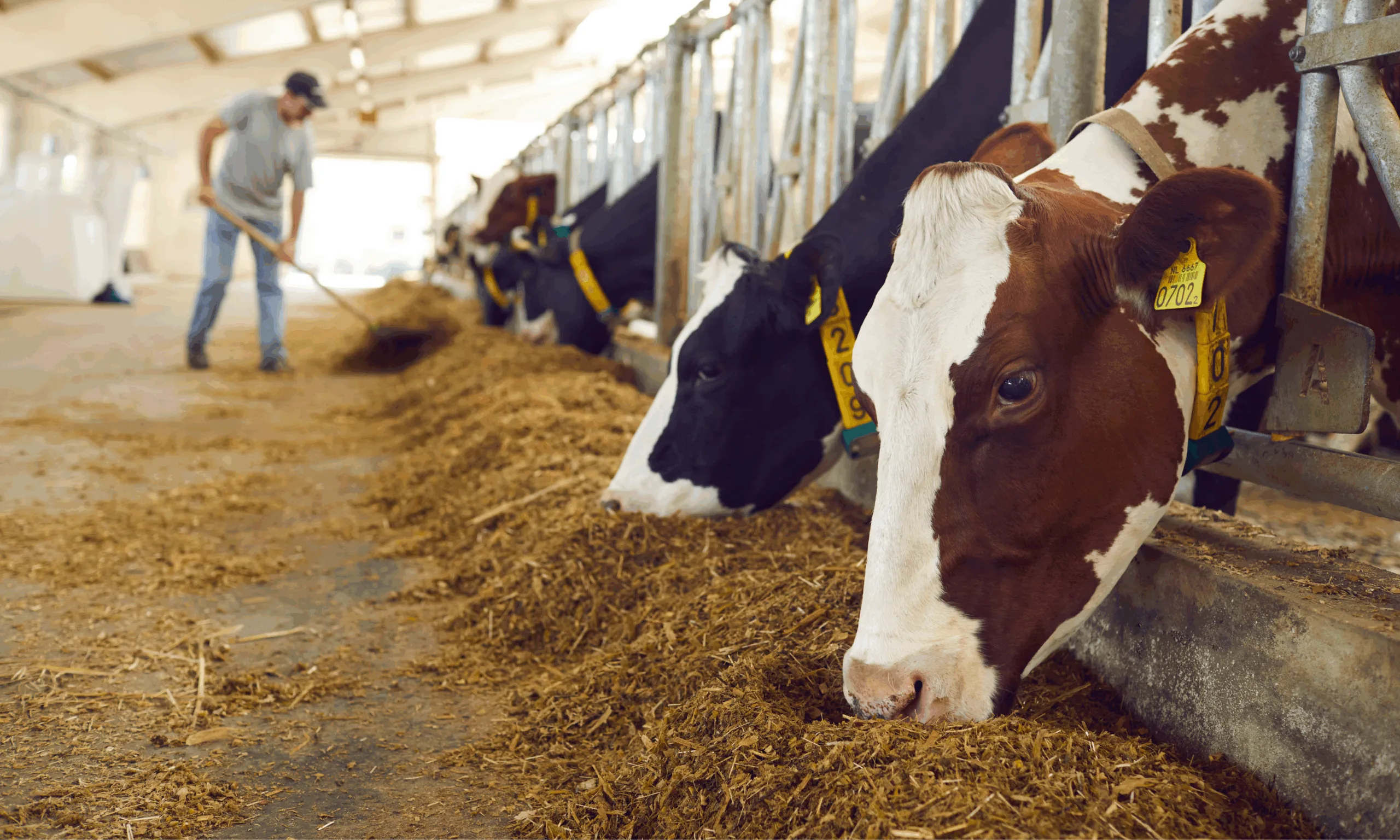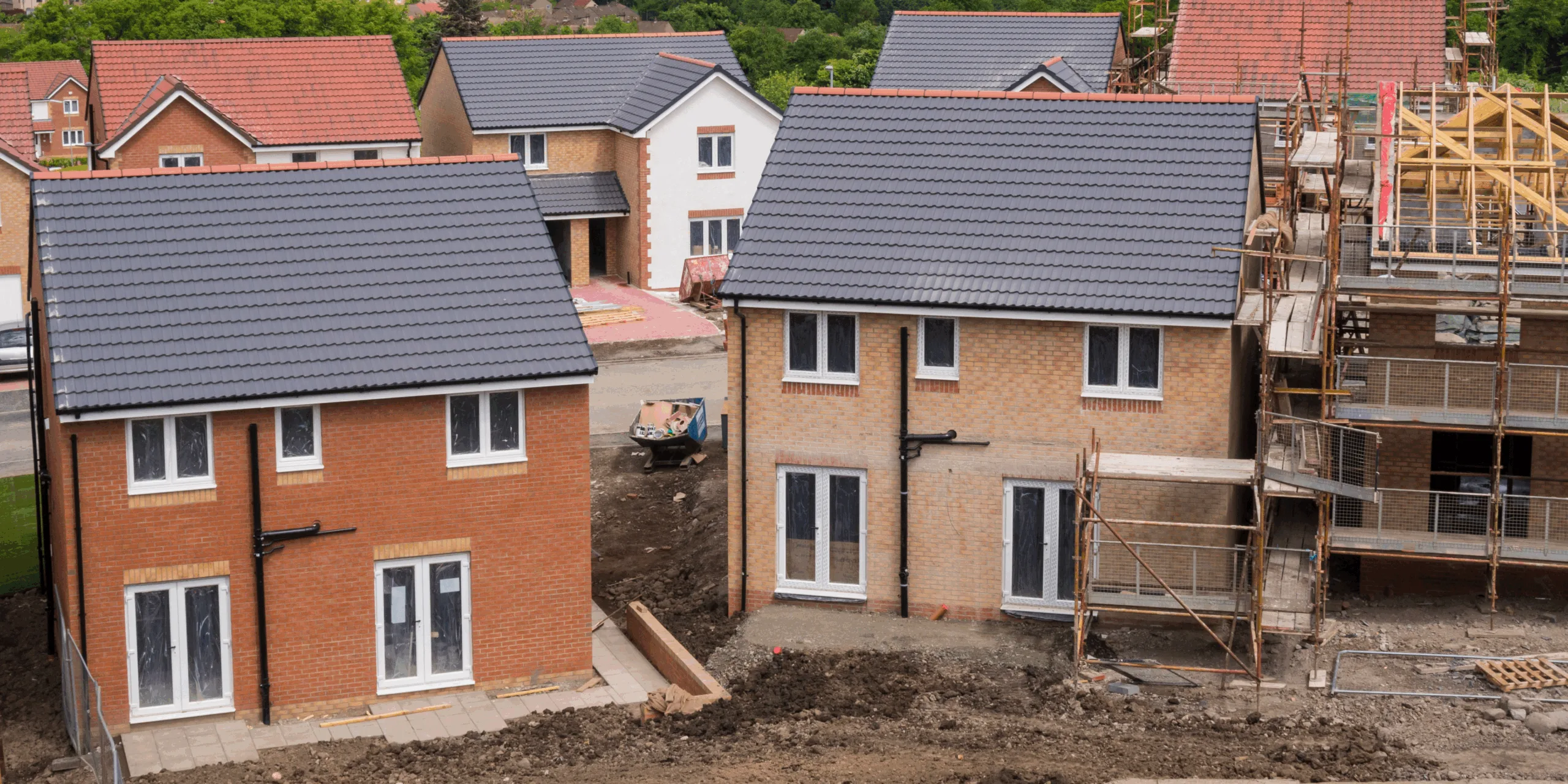LKAB Minerals’ journey with carbon reduction
As the construction and minerals industries face mounting pressure to lower carbon emissions, companies are increasingly focused on reducing their environmental footprint across the entire supply chain. At LKAB Minerals, we are committed to carbon reduction while maintaining high product quality and performance. From mining and processing to logistics and end-use applications, our initiatives demonstrate that environmental responsibility and efficiency can go hand in hand.
Understanding emissions in mineral production
The production of industrial minerals involves several processes that contribute to greenhouse gas emissions. Mining, crushing, grinding, and transportation all consume energy, often derived from fossil fuels. Additionally, the use of certain minerals in cement, concrete, and chemical applications can indirectly generate CO₂ during manufacturing or end-use. Understanding these sources is key to identifying opportunities for reduction.

Measures to reduce CO₂ across the supply chain
LKAB Minerals has implemented a range of strategies to lower emissions across every stage of production and delivery:
Energy-efficient processing
By modernising our crushing, grinding, and separation processes, we have reduced electricity consumption per tonne of product. Equipment upgrades and continuous process optimisation minimise energy waste while maintaining product quality.
Renewable energy adoption
Many of our facilities now source electricity from renewable energy, including hydropower, directly lowering the carbon footprint of mineral production.
Optimised logistics and transport
Transportation can account for a significant portion of emissions in the supply chain. LKAB Minerals works closely with shipping and distribution partners to optimise transport routes, consolidate shipments, and transition to lower-emission vehicles where possible.
Use of industrial by-products
Incorporating by-products from other industries, such as steel or aluminium production, into mineral formulations reduces the need for energy-intensive raw materials while closing material loops.
Product innovation and substitution
Our research and development teams explore ways to replace high-carbon materials with lower-impact alternatives without compromising performance. For example, certain fillers and additives reduce cement usage in concrete, contributing to overall CO₂ savings.
Results that speak for themselves
The impact of these measures is tangible. Across our operations, ongoing improvements in energy efficiency and process optimisation have already reduced the energy intensity of production, supporting LKAB’s company-wide target of lowering energy consumption per tonne by 5% by 2026 and 10% by 2030.

In parallel, logistics optimisation projects are helping to reduce transport-related emissions, for example by consolidating shipments and working with partners on more efficient routes and modes of delivery.
By incorporating industrial by-products into mineral formulations, such as in low-carbon concretes and plasters, we also help customers reduce the embodied carbon of their finished materials. Case studies, including the European Spallation Source (ESS) project in Sweden, have demonstrated substantial savings when specifying LKAB products, with concrete mixes achieving lower CO₂ footprints while maintaining the required strength and performance.
Looking ahead: Continuous improvement and innovation
Carbon reduction is not a one-time effort — it requires continuous innovation and long-term commitment. LKAB has set ambitious goals for the coming decade and beyond, with the overarching aim of achieving carbon-free processes and products by 2045.
Key focus areas include:
-
Lowering energy intensity
We are working to reduce energy consumption by 5% per tonne of finished product by 2026 and 10% by 2030, compared with 2021 levels. Upgrading equipment, optimising processes, and investing in electrification all contribute to this goal. -
Expanding the use of by-products and circular resources
More than one-third of LKAB Minerals’ business already involves upgrading by-products from other industries. Projects such as the partnership with Forterra, which transforms waste brick into calcined clay for low-carbon cement replacement, highlight the potential of circular approaches. -
Investing in digitalisation and electrification
Digital monitoring, automation, and electrified machinery are being introduced to improve efficiency and lower emissions in mining, processing, and logistics. These technologies also help us measure and manage environmental performance more effectively. -
Collaborating with customers and partners
We continue to work closely with industry partners, contractors, and product manufacturers to develop mineral solutions that help reduce carbon emissions across the entire lifecycle of construction materials.
By embedding environmental responsibility into every stage of our operations, LKAB aims to create value not only for our customers but also for the environment and wider society.

Why LKAB Minerals is a partner for low-carbon solutions
Clients choose LKAB Minerals not only for the performance of our minerals but also for our commitment to responsible practices. By supplying lower-carbon alternatives and providing technical guidance, we help businesses meet regulatory requirements, achieve environmental targets, and differentiate their projects in a market that increasingly values environmental responsibility.
A supply chain built for the future
The journey carbon reduction is ongoing, but LKAB Minerals is already demonstrating that ambitious targets are achievable. By combining energy efficiency, renewable energy, material innovation, and smarter logistics, we are transforming our supply chain into one that delivers both performance and environmental responsibility.
For companies looking to reduce their carbon footprint without compromising on quality, LKAB Minerals offers a proven partner. To learn more about our initiatives, low-carbon products, and technical support, visit our product page or contact our experts. Follow us on LinkedIn for the latest updates, case studies, and innovations in environmental responsibility.




